Spy Museum
Redesign of identity system across media types.
Student Project
The International Spy Museum, located in Washington D.C., is lacking the opportunity to offer visitors a more thought-provoking experience. In anticipation of the audience’s actions, I was able to be in constant interaction with the visitors and was able to give them something to do, decode, and discover.
The logo uses morse code to spell out SPY. Starting with the 3 dots going down being 'S', followed by 'P', and then 'Y'. Throughout all the collaterals and media types created for the museum have hidden messages communicated through visual dots (1 unit) and dashes (2 units).
For an exhibition booklet, the focus is on objects used in espionage, and the idea of things hidden in plain sight. The ticket for the museum can be used for the booklet to see what objects are versus what we see. Due to COVID-19, the ticket is now digital through an app, and the user can use a camera to apply different filters. There is a sheet of vellum paper between each spread with morse code of the page numbers printed on it redact elements of the layout.
These are interactive posters displayed in an exhibit about people who were spies like Julia Childs and Klaus Fuchs. When seen in blue light, it shows an image of a spy, while when seen in red light, it shows a significant location to them involving their work as spies.
It was important that visitors have a way to learn the morse code that is so prominent in every element, and above, and in going through the website, I wanted it to be used as a learning tool.
The first image shows the logo stretched in a big sign atop the entrance. The second image shows a digital screen advocating social distancing orders.










